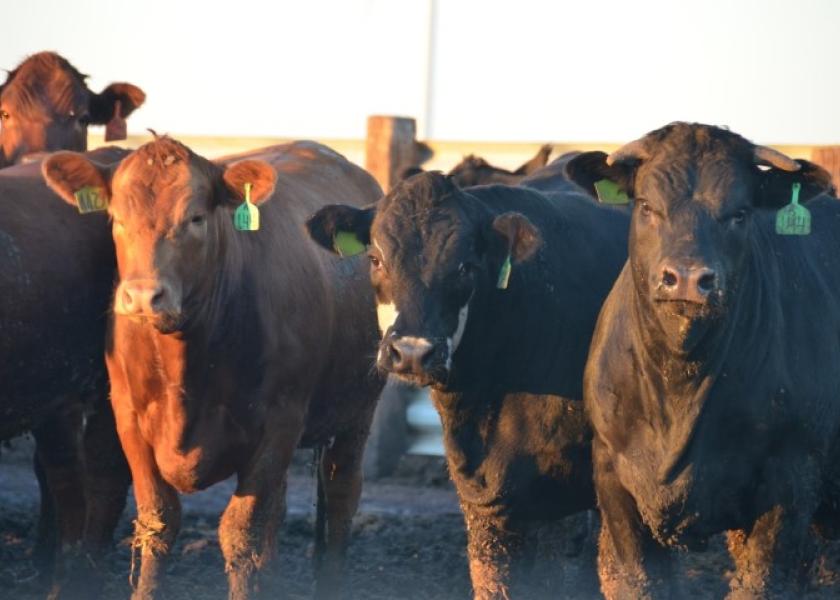Cattle Markets: A Return to Normalcy

Normal may not apply to agriculture markets.
By: John Michael Riley, Oklahoma State University
At the height of the financial crisis most analysts were discussing the validity of a “new normal”. At the time, equity markets – as well as many other markets – were definitely out of kilter and the common rules of thumb and typical patterns no longer existed, thus the reason for these discussions. Today, market norms are still not exactly what they used to be, but it is safe to say that more normal patterns have returned. The exception today is the agricultural marketing world.
Grain markets remain in an awkward state given that nearby old crop prices are below harvest contract prices (typically stored grain is priced higher). Granted, July 2015 corn futures contract prices, for example, stayed above December 2014 corn futures prices through the life of the December 2014 contract life. However, the July 2015 contract price has consistently been below upcoming harvest contract months. Similar relative prices have been noticed in soybean markets. Therefore, the only incentive to empty the bins is to make room for the next crop. The reasons for this largely center on the estimates from USDA that show large quantities of grain in storage and market dynamics in the Southern Hemisphere.
Beef cattle futures and cash prices are also out of line with their “norms”. As prices heated up in the second half of 2014, seasonality went out the window. Since that time, prices have steadied quite a bit, but are still not showing their typical price patterns that have, historically, been in place. This has led many to ask: “When will seasonality return to cattle markets?”
This is a tough call because the events of the past 12-18 months of the current cattle market is still not at all a common occurrence. Heifer retention has been ramped up since at least mid-2014 which has limited the available feeder volume. Herd rebuilding will likely continue for the short term, especially given the recent rains in much needed areas where pasture capacity is available. Second, the high market price levels has led to earlier marketings of calves and feeders, which will limit off-farm supplies moving forward. Finally, feedlot capacities, while shrunken over the past number of years, still indicate available space.
A return to “normal” seasonal patterns does not appear to be on the horizon for calves or feeders through the remainder of 2015 as a result of these reasons. A look at fed cattle prices since the start of 2015 indicates tendencies of moving in this direction, but a consistent pattern has not fully developed. Carcass and beef primal prices have been moving in more typical fashion. However, over the past two weeks high valued middle cuts (rib and loin primals) have weakened quite a bit and this has filtered through upstream markets. It would be foolish to think these unusual moves will not linger as buyers and sellers continue to adjust to the “new normal” in cattle market prices!
The Markets
Fed steer prices declined this week. The five-area weighted average live and dressed prices were $153.48 and $243.49 per hundredweight, respectively, down $2.11 and $2.04. Wholesale Choice boxed beef ended last week with an average price of $246.38 per hundredweight, down $3.28. Heavy feeder steers in Oklahoma averaged $232.91, while light steers were $274.72. USDA released their monthly supply and demand report last Thursday, which was viewed as mostly neutral for corn. Cash corn in Omaha declined 7 cents per bushel, falling to $3.58.







